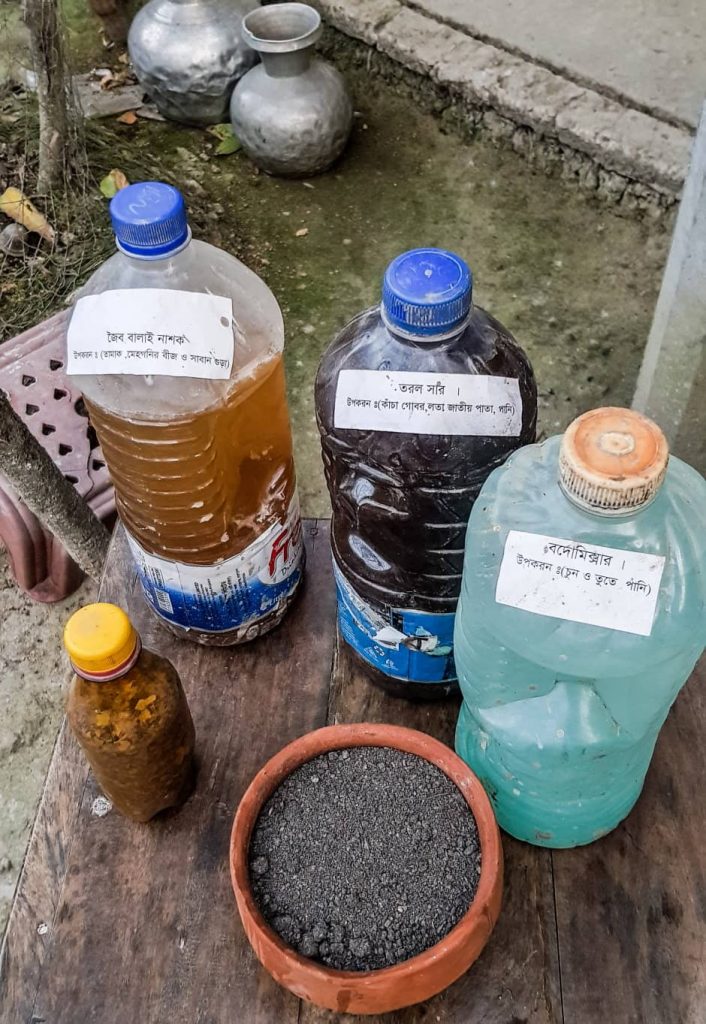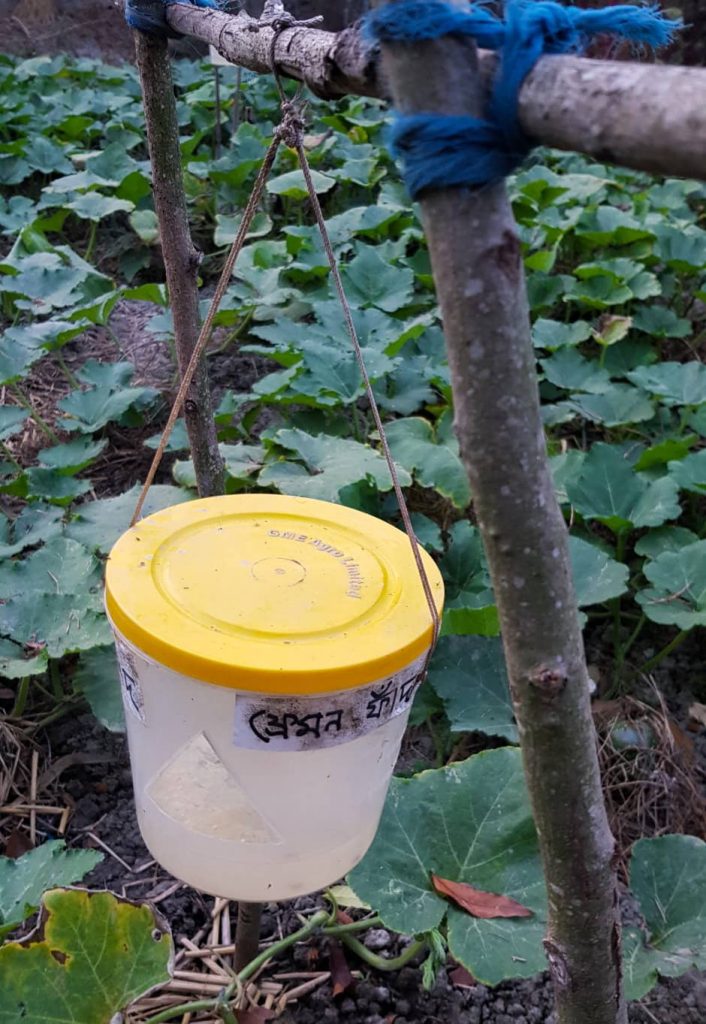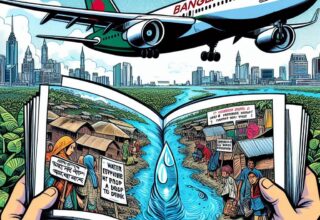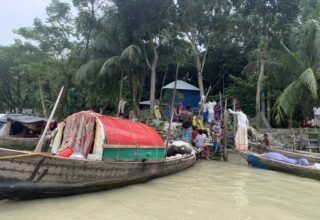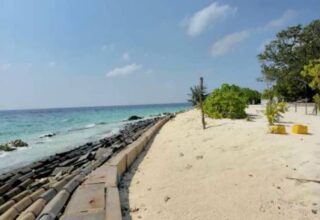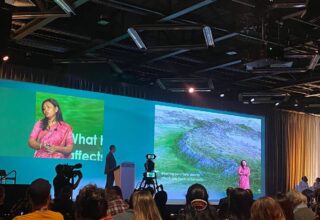In recent years, cyclones have battered the coastal fringes of Bangladesh, with one following closely after another. In Satkhira district, a combination of tidal flooding, inundation by storm surges, and saltwater intrusion has led to a rise in salinity in groundwater and fresh-water ponds. This is a problem for local people, who mainly make a living from farming and fishing, due to their close proximity to rivers and the world’s largest mangrove forest, the Sundarbans.
When cyclone Aila hit the southern coastline of Bangladesh hard on 25 May 2009, the main embankment that protect the region collapsed, wreaking havoc on farmers’ fields, vegetable gardens and fishponds in Satkhira. Last year, cyclone Amphan caused devastation on top of the upheaval of the Covid-19 pandemic. Most recently, cyclone Yaas in May 2021 caused further destruction in the region, with sea defences overwhelmed or damaged.
Powerful storms such as Aila and Amphan have made fresh water harder to come by, leaving local people struggling to produce enough food. Women, historically responsible for vital tasks such as securing potable water and firewood, have borne most of the strain. After Aila, men working at ‘gher’ farms (freshwater shrimp farms, modified from rice fields) suddenly experienced a massive loss of income, as all ‘ready to export’ grade shrimp was washed away. To combat the crisis, men and women joined together to work to manage a living.
In the aftermath of Aila, an increasing number of people, especially men, migrated to nearby cities for jobs. Agriculture and fish farming became even more arduous due to the increased salinity. Some workers moved permanently, while others went as seasonal day-labourers or brick-makers for the six months of the dry season. Left behind at home, the women in these areas have had to manage a female-headed household.
These women have had to take on various additional responsibilities. These include taking care of the agriculture and farming activities to earn money, besides their traditional roles of looking after their households, raising children, fetching water and gathering firewood. Some of them have also started to pick up work as day labourers when they can find it, pitching in on shrimp farms or helping out with the harvest when crops are cultivated. This triple workload has made women’s daily responsibilities much greater than before.
Minoti Rani from Vamia, a village of Burigoalini union, Shyamnagar Upazilla, Satkhira said, “I was not used to working in the fields, but cyclone Aila broke the social taboo. Me and many other women of our village started working to earn money for our family and to survive after Aila, and we have been continuing our work outside since then to support our family.”
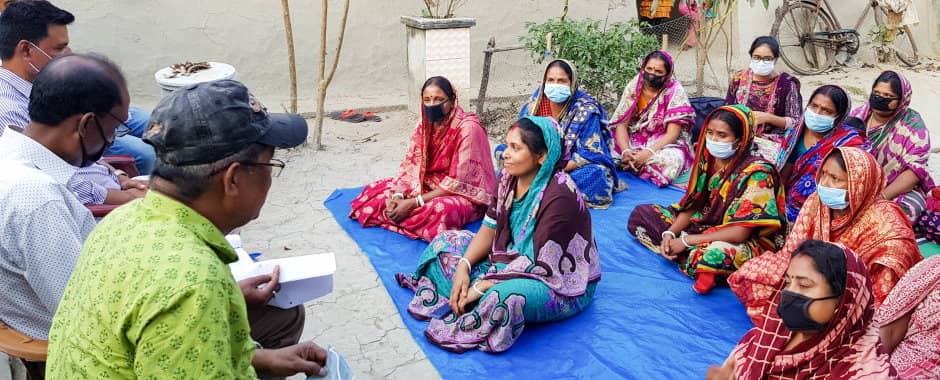
Despite the tragedy and loss from cyclone Aila, the recovery from the disaster proved to be an opportunity to build back a stronger, safer and more resilient community in the coastal districts. As climate change and more unpredictable weather patterns exacerbate the uncertainties of livelihood opportunities, local NGOs have come forward to help with training. This has included training for women to help them diversify their livelihoods, as well as on health and sanitation, and agricultural skills.
Through these training programmes, women have been able to adapt to more efficient ways of growing food around their homesteads, and adopt better techniques for livestock rearing and fish farming. They have also learnt various cultivation processes, like tower and bed gardening, tree-planting on embankments (using a saline-tolerant variety), and preparing organic compost for agriculture. The women have also received training on an environmentally friendly and cost-effective method of pest control, known as a ‘sex pheromone trap’, which uses insects’ own hormones to prevent their spread.
This technical and practical knowledge in various domains has led to more economic opportunities for Satkhira’s women. The training has also enabled them to support one another to cope with local challenges, and share information and learning.
Minoti Rani, one of the women who received the training in Satkhira, now has enough money to eat well and send her son to school. She has ducks, chickens, and goats. She said that earlier she was too shy to visit a market, but now she is bold enough to visit not only markets but also the Chairman’s office, if necessary, to advocate for local issues.
Pushpu Rani from Kultoli (a village of Munsiganj union, Shyamnagar Upazilla, Satkhira) told us: “We were not allowed to give any opinion in front of our family members but now we have learned a lot from trainings, and we are earning more money than our husbands so everyone gives importance to our words.”
‘CONTRIBUTING FROM WHERE I STAND’
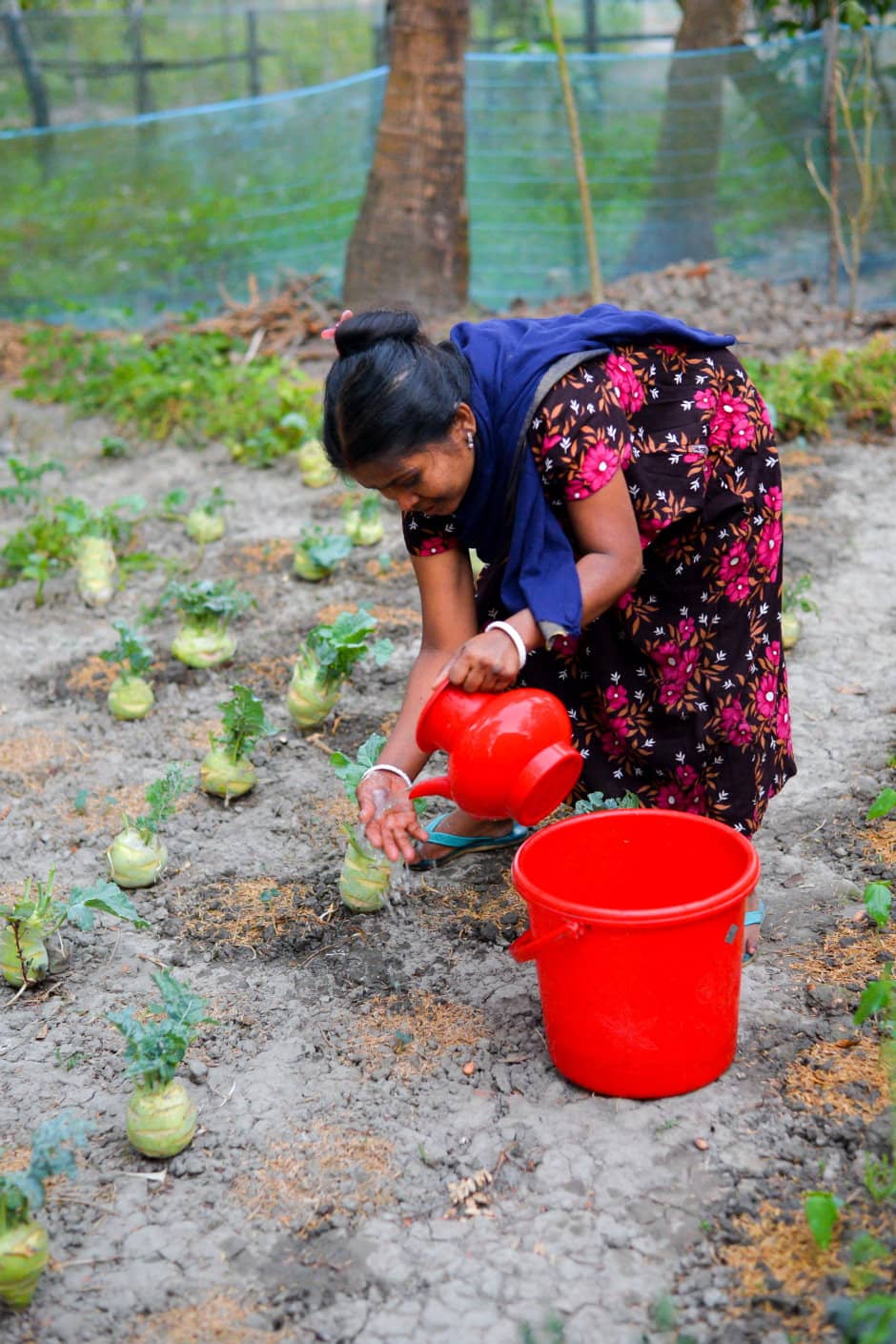
Photo: S. Anwar
The value of women’s work in Satkhira has traditionally not been recognised by their families or by wider society – even though women bear the majority of the family workload. Now, although they also work seasonally as day labourers, are actively involved in fishing and agriculture, and help their husbands in shrimp farms (ghers), they still consider themselves as housewives – not realising that they are turning their home and their courtyards into homestead business ventures. The struggle to build more resilient self-sufficient communities is now being led by these women.
More formal employment opportunities for Satkhira’s women would be an important part of building their empowerment beyond the boundaries of the household. However, these small household initiatives in Satkhira have boosted women’s decision-making roles at the household level, which is an indicator of empowerment.
Stories like this one from the Sundarbans region of Bangladesh are similar to those in many other marginalised areas of the world. The TAPESTRY project (Transformation as Praxis: Exploring Socially Just and Transdisciplinary Pathways to Sustainability in Marginal Environments) is focusing on how vulnerable and marginalised people in this area and others are building their own agency, by working together on sustainable responses to uncertainties.
In countries with some the highest risks of climate uncertainty, India and Bangladesh, TAPESTRY focuses on three cases (coastal areas of Mumbai, the drought-prone drylands of Kutch, and the Sundarbans delta), described as ‘patches’ of transformation. The main focus of this project is on bottom-up transformation in marginal environments characterized by climate uncertainty. The project is working on how the transformation takes place in these patches as well as how these initiatives can be scaled up.
Climate change affects everyone, but not equally. Understanding this will provide the basis for designing climate change adaption policies and activities that build social resilience. Despite the huge challenges from recurring cyclones, people from Shyamnagar and Satkhira (especially women) are becoming more involved in adaptation practices, especially where men are absent because of seasonal or permanent migration.
If these local adaptation practices can be scaled up, women – who have previously been seen as marginalised – can be empowered as agents of change and innovation, rather than seen as mere ‘victims’ or sufferers of climate change. The overall financial stability of these vulnerable coastal communities will also benefit. Incorporating our learning from Satkhira into wider structural efforts, and sharing it among other ‘patches’ of transformation, could help to build resilience more widely elsewhere.
About The authors- Sumaiya Binte Anwar and Mahmuda Akter both are Research Officer at ICCCAD
Originally this blog was published on 10 Jun 2021 on STEPS Centre Website.

